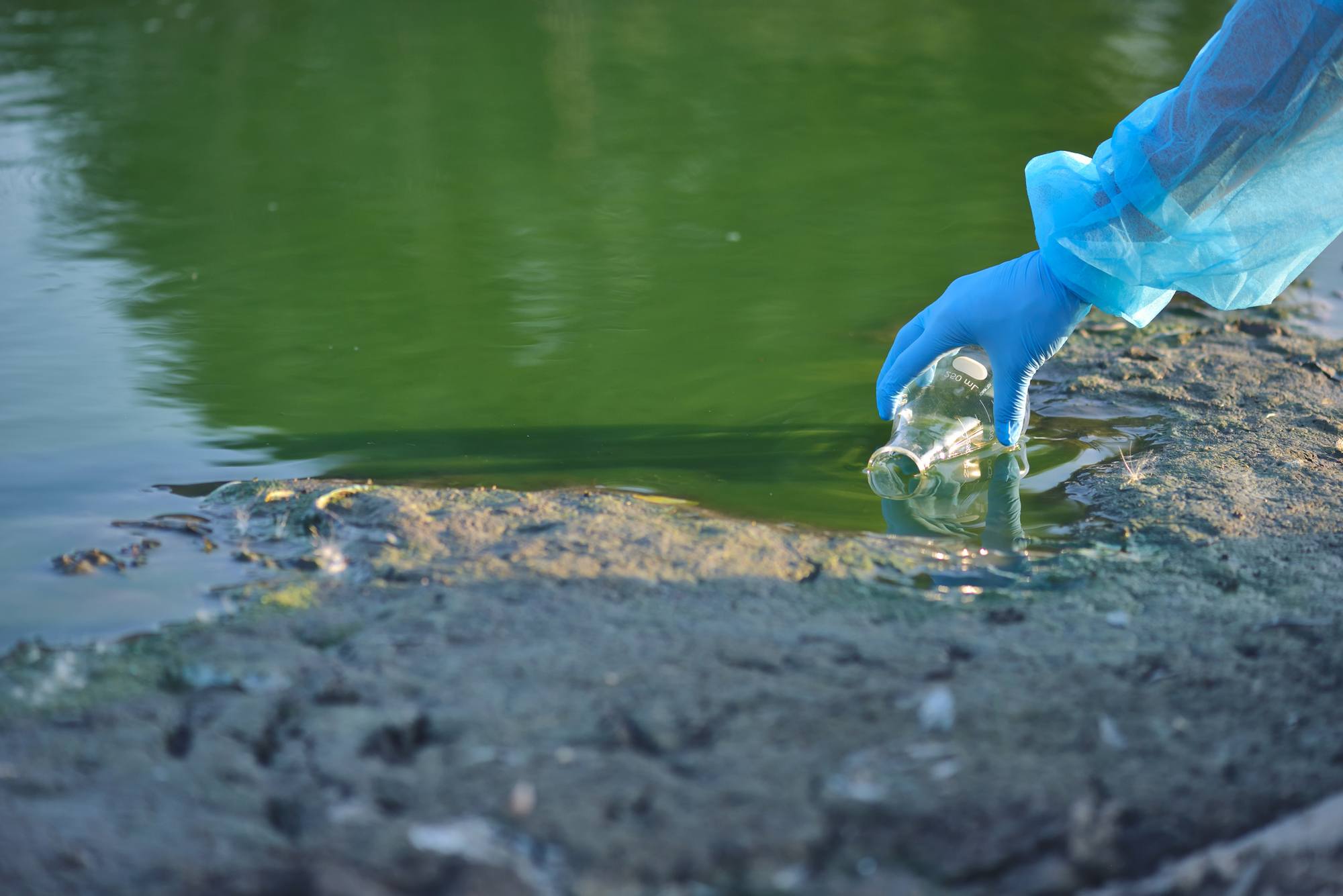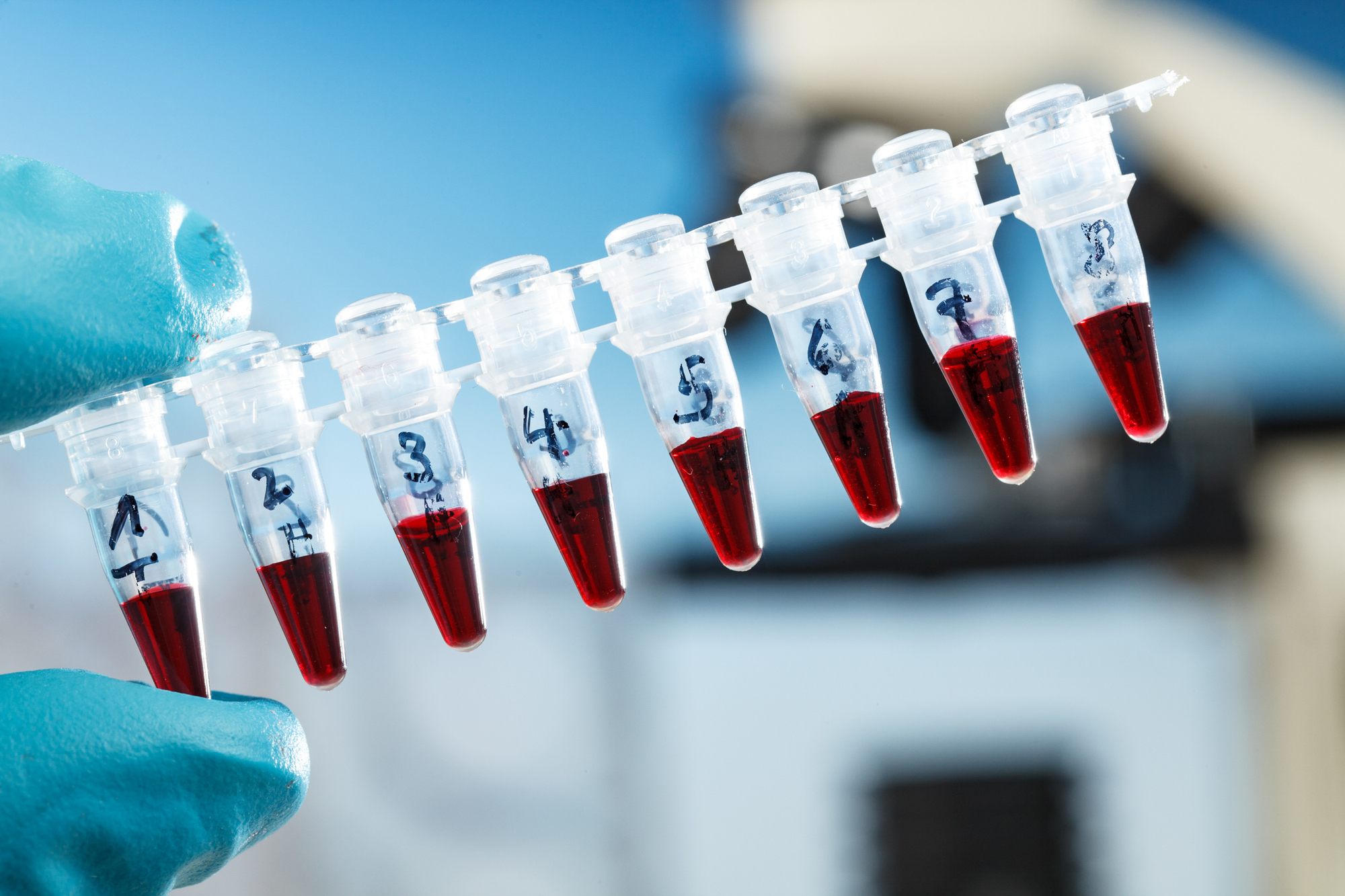
Education
Nephros PluraPath® Detects Low levels of Legionella in Water
PluraPathTM is a portable, quantitative polymerase chain reaction (qPCR)-based water-borne pathogen detection system that can provide data onsite in approximately one hour. The PluraPathTM system is designed to provide actionable data to infection control teams on up to 15 different pathogens in one test. In this study, the PluraPathTM system was used to detect different concentrations of Legionella pneumophila in water samples. The results were compared to both traditional plate-based culturing method and standardized laboratory-based qPCR test. This study demonstrates that PluraPathTM has comparable sensitivity for the detection of Legionella pneumophila in water samples to both plate-based culturing methods and laboratory-based qPCR tests at concentrations as low as 100 CFU/ml and can deliver results in less than an hour.
Methods
Culture: A culture of Legionella pneumophila Philadelphia-1 strain was streaked on plates containing ACES-Buffered Charcoal Yeast Extract (ABCYE) Agar and allowed to grow for approximately 72 hours.
Stock solutions: Colonies were removed using a sterile loop and placed in 3 milliliters of sterile, filtered water. 1 ml was used to take an optical density reading on a spectrophotometer set to 600 nanometers (OD600). A sample of the stock solution was used to perform 10-fold dilutions for plate counting to determine the colony forming units (CFU) per milliliter (1). Additional 10-fold dilutions of the stock were made using sterile, filtered water to obtain two additional concentrations of secondary stocks.
Water samples: Three 1-liter water samples were prepared for use with the PluraPathTM system by adding 100 microliters of the stock and two secondary stock dilutions to each of the 1-liter water samples.
PluraPathTM System
Filter concentration: Water samples were concentrated by using a peristaltic pump to pull the water volume through a Nephros Filpath™ Ultrafilter.
Sample lysis: 15 milliliters of a lysis buffer was pushed through the filter using a sterile 20 milliliter Luer-lock syringe, retained for approximately 30 seconds inside the filter, and then the residual lysis buffer was extracted back into the 20-milliliter syringe. The filter concentrate was placed in a sterile 50-milliliter conical centrifuge tube.
qPCR: 25 microliters of the lysed water sample were pipetted into each tube of an 8-tube strip containing dried Roche Custom Biosciences HawkZO5 Fast master mix with enzyme, GenArraytion, Inc., primers and probe for Legionella pneumophila (for all serogroups) labeled with FAM, primers and probe for an internal positive control labeled with HEX, and internal positive control target template. The specific target of GenArraytion’s assay is proprietary to GenArraytion, Inc., and not identified here. qPCR was performed using a Chai Biosciences Open qPCRTM machine. Two replicate qPCR reactions were performed on the lysate from the 1-liter water samples for the 104 and 103 dilutions and four replicate qPCR reactions were performed on the lysate from the 1-liter water sample for the 102 dilution.
CFU per milliliter estimation: The CFU per milliliter estimation from Cq and Ct values for each 1-liter water sample and replicates of same was performed by first estimating the starting Legionella target DNA copies present in the PCR reaction volume (2), and then performing a series of back-calculations estimating the number of CFU per milliliter of L. pneumophila present in each of the three 1-liter samples of water concentrated on the FilPathTM filters.qPCR using mip Gene: a standard curve was generated using genomic DNA from Legionella pneumophila Philadelphia-1 quantified using a Nanodrop spectrophotometer and amplification with primers for the macrophage infectivity potentiator (mip) gene. Aliquots of the three 1-liter water sample dilutions were also tested using the mip gene primers alongside standards.
Results
The OD600 of the stock solution measured .776 and based on this estimated to be approximately 1.09 x 109 CFU per milliliter Legionella while plate spotting culture yielded an average count of 2.85 x 109 CFU per milliliter, ranging from 2.7 x 109 to 3.0 x 109. The three 1-liter water samples were therefore estimated to contain approximately 2.85 x 104, 2.85 x 103, and 2.85 x 102 CFU per ml, respectively. Spot dilution counts were not performed on each 1-liter water sample dilution as the entire volumes were used to produce lysates for qPCR analyses.
Table 1 below shows the resulting Legionella assay Cq values, corresponding internal positive control (IPC) Cq values for each of the eight tests conducted and the associated dilution of the 1-liter water sample tested. The IPC Cq values ranged from 21.64 to 22.76 (mean Cq value 22.24). Sample eight did not produce a Cq value and showed no amplification in channel 1 (FAM), the Legionella assay (see Figure 1). Figure 1 below is a screen capture of the Open PCR graphic user interface showing the amplification plots and Cq values. Table 2 below shows the calculated CFU per milliliter estimations from PluraPathTM, estimated spot plate counts, and mip gene copies per milliliter calculated from results of the qPCR using primers for the mip gene. Figure 2 graphically illustrates the average estimated CFU counts for each methodology.
| qPCR Tube | Sample Cq | IPC Cq | Dilution |
|---|---|---|---|
| 1 | 26.93 | 21.64 | 104 |
| 2 | 28.22 | 21.72 | 104 |
| 3 | 31.33 | 21.71 | 103 |
| 4 | 32.56 | 22.48 | 103 |
| 5 | 36.86 | 22.60 | 102 |
| 6 | 37.34 | 22.67 | 102 |
| 7 | 36.60 | 22.76 | 102 |
| 8 | – | 22.41 | 102 |
| Average Estimated CFU per ml using PluraPathTM | Estimated CFU per ml from Spot Dilutions* | Average Estimated CFU per ml using mip Gene and ABI One Step PlusTM |
|---|---|---|
| 1.38 x 104 | 2.85 x 104 | 1.36 x 104 |
| 1.36 x 103 | 2.85 x 103 | 2.39 x 103 |
| 9.63 x 101 | 2.85 x 102 | 2.25 x 102 |
*Spot dilution counts were made on the stock dilution yielding 2.85 x 109 CFU per milliliter. Spot dilution counts were not performed on each 1-liter water sample dilution as the entire volumes were used to produce lysates for qPCR analyses.
Want to know more?
Reach out for quotes, additional product details, inventory status, installation questions and more.


